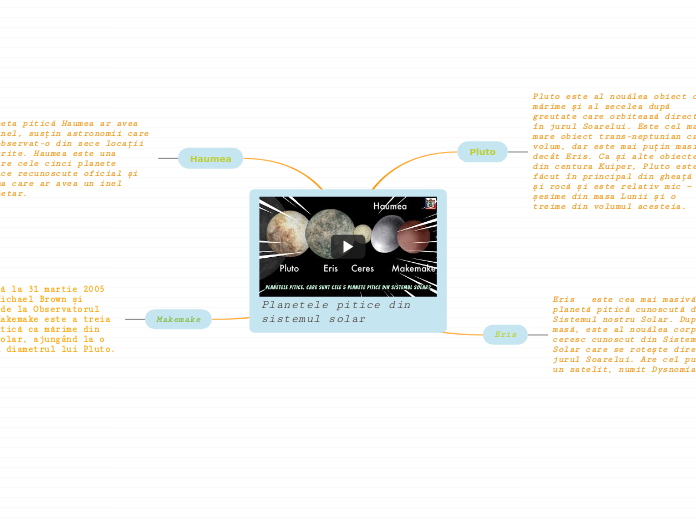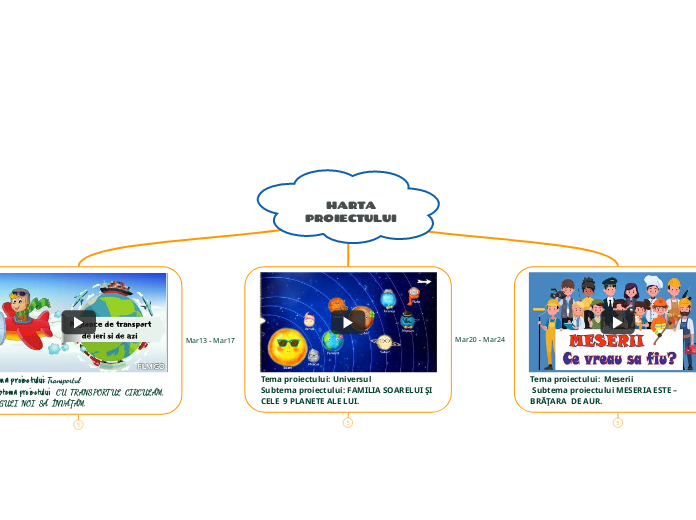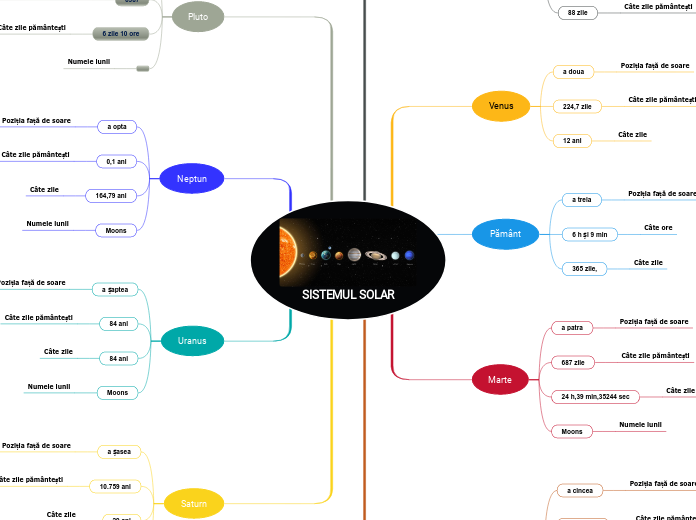Planetele pitice din sistemul solar
Rivers have always been essential for human life and settlement. A source for drinking, the source of food, and a way to transfer goods from one place to another. They are essential in the environment of rainforest and wetlands.
Makemake
The Yangtze holds the title of Asia’s longest river. The Yangtze has a momentous place in China’s history and culture, providing some of the country’s most fertile land as well as some of its most artistically inspiring scenery.
Where the Mekong river runs, the land is incredibly verdant shaping one of the richest areas of biodiversity on the planet. Thousands of species call its shores and waters home. Long an essential trade route the Mekong passes through, or close to, some of the region’s most important cities, including Vientiane, Phnom Penh and Saigon.
Descoperită la 31 martie 2005 de către Michael Brown și echipa sa de la Observatorul Palomar, Makemake este a treia planetă pitică ca mărime din Sistemul Solar, ajungând la o treime din diametrul lui Pluto.
The Yangtze or Yangzi is the longest river in Asia and the longest in the world to flow entirely within one country (Qinghai, Tibet, Yunnan, Sichuan, Chongqing, Hubei, Hunan, Jiangxi, Anhui, Jiangsu, Shanghai provinces). It rises in the northern part of the Tibetan Plateau and flows 6,300 km in a generally easterly direction to the East China Sea.
Tributaries: Yalong, Min, Tuo, Jialing, Han, Wu, Yuan, Zi, Xiang, Gan, Huangpu.
In mid-2014, the Chinese government announced it was building a multi-tier transport network, comprising railways, roads, and airports, to create a new economic belt alongside the river.
Additional info
Descoperită la 31 martie 2005 de către Michael Brown și echipa sa de la Observatorul Palomar, Makemake este a treia planetă pitică ca mărime din Sistemul Solar, ajungând la o treime din diametrul lui Pluto.
The grain produced in the Yangtze River Basin, 70% of which is rice, is enough for half of the nation?
Search for other interesting facts about this river and add them here.
The Yangtze River has over 700 tributaries. Type in some of its major affluents.
Where is the place where Yangtze drains into a larger body of water ? Type in the answer.
Mouth of Yangtze River
Where is the original point from which Yangtze flows? Type in the answer.
Source of Yangtze River
Length of Yangtze River
Which provinces does Yangtze flow through?
Yangtze River flows through 9 provinces in China. Type at least 5 of them.
Province
Haumea
The Volga is the longest river in Europe. The waters of the Volga are used to irrigate the steppe regions of southern Russia. Because of its importance in the country, the Volga has mythological status in Russia, and many iconic sites are found along its banks
The Danube is the second-longest river in Europe. Travelers can experience many of the river's sights by embarking on a cruise along its waterways. Danube River Cruises, which are offered by Viking Cruises, typically stop in Cologne, Budapest, Nuremberg, Belgrade and Krems. Following the river is a way to experience several Eastern European cities in one trip. Famous monuments, such as the Hungarian Parliament, have been erected on its coast.
Planeta pitică Haumea ar avea un inel, susțin astronomii care au observat-o din zece locații diferite. Haumea este una dintre cele cinci planete pitice recunoscute oficial și prima care ar avea un inel planetar.
The Volga is the longest river in Europe with a catchment area of 1,350,000 square km.
Eleven of the twenty largest cities of Russia, including the capital, Moscow, are located in the Volga's drainage basin. Rising in the Valdai Hills 225 meters above sea level northwest of Moscow and about 320 km southeast of Saint Petersburg, the Volga heads east past Lake Sterzh, Tver, Dubna, Rybinsk, Yaroslavl, Nizhny Novgorod, and Kazan. From there it turns south, flows past Ulyanovsk, Tolyatti, Samara, Saratov, and Volgograd, and discharges into the Caspian Sea.
Tributaries: Kama, Oka, Vetluga, and Sura. The Volga Delta has a length of about 160 kilometers and includes as many as 500 channels and smaller rivers.
Planeta pitică Haumea ar avea un inel, susțin astronomii care au observat-o din zece locații diferite. Haumea este una dintre cele cinci planete pitice recunoscute oficial și prima care ar avea un inel planetar.
The Volga freezes for most of its length during three months each year.
Search for other interesting facts about this river and add them here.
Volga River has 23 main tributaries. Type in several examples.
This is the place where it drains into a larger body of water - another river, a lake, the sea or the ocean.
Where is the mouth of the Volga River?
The source of a river, also called headwaters, is the original point from which the river flows. Type in Volga's source.
Eris
There are four major rivers in Africa: the Nile, the Zambezi, the Congo, and the Niger. The Nile is one of the longest rivers in the world.
The Zambezi's most noted feature is Victoria Falls. Other notable falls include the Chavuma Falls at the border between Zambia and Angola, and Ngonye Falls, near Sioma in Western Zambia.
Eris este cea mai masivă planetă pitică cunoscută din Sistemul nostru Solar. După masă, este al nouălea corp ceresc cunoscut din Sistemul Solar care se rotește direct în jurul Soarelui. Are cel puțin un satelit, numit Dysnomia
The Nile, which is about 6,650 km long, covers eleven countries: Tanzania, Uganda, Rwanda, Burundi, the Democratic Republic of the Congo, Kenya, Ethiopia, Eritrea, South Sudan, Republic of the Sudan and Egypt.
It has two major tributaries, the White Nile and the Blue Nile. The White Nile is the headwaters and primary stream of the Nile. The White Nile is longer and rises in the Great Lakes region of central Africa, with the most distant source still undetermined but located in either Rwanda or Burundi. The two rivers meet just north of the Sudanese capital of Khartoum.
The northern section of the river flows north almost entirely through the Sudanese desert to Egypt, then ends in a large delta and flows into the Mediterranean Sea.
The Nile Delta region is home to about 40 million people? That is half of Egypt's population.
Search for other interesting facts about this river and add them here.
The Nile has only 2 tributaries. Type them in.
This is the place where it drains into a larger body of water - another river, a lake, the sea or the ocean.
Where is the mouth of the Nile River?
Where is the mouth of Nile River?
Remember that the source of a river is the original point from which the river flows. There are different types of sources: lake, marsh, spring or glacier.
Type in the Nile's source.
Source of Nile River
Type in the Nile's length.
Which countries does the Nile flow through?
The Nile flows through 7 countries and 3 republics from Africa. Type them in.
Country
Pluto
North America
In the 18th century, the river was the primary western boundary of the young United States, and since the country's expansion westward, the Mississippi River has been widely considered a convenient dividing line between the Eastern, Southern, Midwestern United States, and the Western United States.
South America
Amazon River, the greatest river of South America and the largest drainage system in the world in terms of the volume of its flow and the area of its basin.
Pluto este al nouălea obiect ca mărime și al zecelea după greutate care orbitează direct în jurul Soarelui. Este cel mai mare obiect trans-neptunian ca volum, dar este mai puțin masiv decât Eris. Ca și alte obiecte din centura Kuiper, Pluto este făcut în principal din gheață și rocă și este relativ mic — o șesime din masa Lunii și o treime din volumul acesteia.
Its source is Lake Itasca in northern Minnesota and it flows generally south for 2,320 miles (3,730 km) to the Mississippi River Delta in the Gulf of Mexico.
The main stem is entirely within the United States. Tributaries - St. Croix River, Wisconsin River, Rock River, Illinois River, Kaskaskia River, Ohio River, Minnesota River, Des Moines River, Missouri River, White River, Arkansas River.
The river either borders or passes through the states of Minnesota, Wisconsin, Iowa, Illinois, Missouri, Kentucky, Tennessee, Arkansas, Mississippi, and Louisiana.
Did you know?
The name 'Mississippi' comes from 'misi-ziipi' in the Ojibwe language, which means 'Great River'?
Search for other interesting facts about this river and add them here.
Tributaries
A tributary, also called an affluent, is a stream or river that flows into and joins a main river. The place where the tributary and the main river meet is called a confluence.
Name as much tributaries as you can.
Tributary
Mouth
The mouth of a river refers to the end of a river, the place where it drains into a larger body of water - another river, a lake, the sea or the ocean.
Where is the mouth of the Mississippi River?
Source
The source of a river, also called headwaters, is the original point from which the river flows. There are different types of sources: lake, marsh, spring or glacier.
Type in the Mississippi's source
Length
Try to state the length either in miles or in kilometers.
Type in this river's length
Which states does the Mississippi flow through?
Mississippi flows through 10 different states, forming the largest delta in North America.
Type in some of these states.
State









